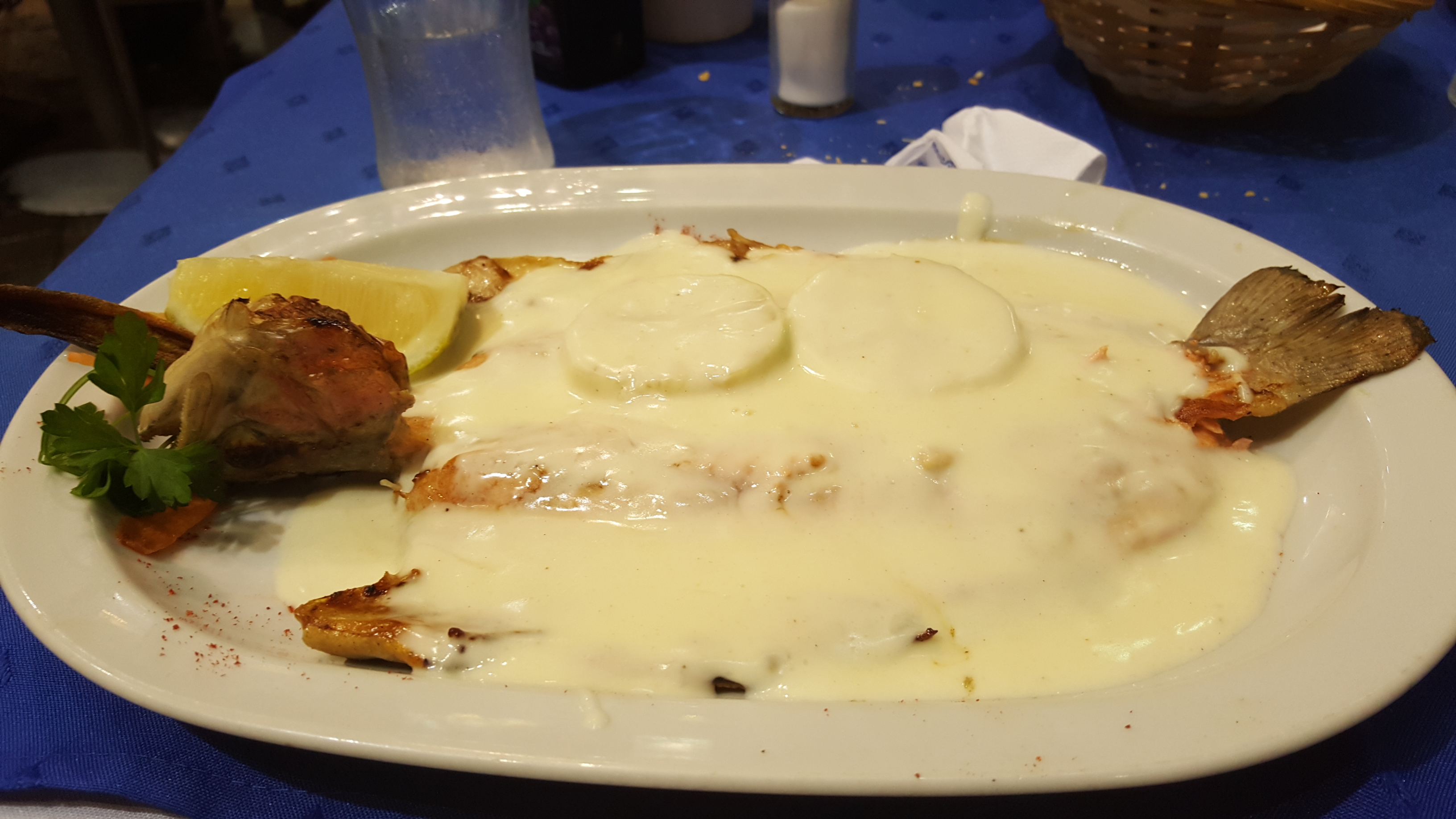• Bolivia – La Paz • Sucre • Potosi • Uyuni Salt Flat • Chile – San Pedro de Atacama • Salta and Argentina – Buenos Aires • Brazil – Rio de Janeiro •
Salta – colonial architecture, rugged natural landscapes, mountains, vineyards, and valleys.
Traveling in Salta Province, North-West Argentina
It was a long journey for between 12 to 16 hours on a public bus (with toilets on board) from Chile to Salta in Argentina. The border crossing check routine roughly takes from two to four hours, depending on how many people are there and how fast border officials work. We spent a short stay there.
The border – Be careful what food you buy when you are at a border crossing, where it can be very strict on what kind of things are brought into a country (when I arrived in Chile, all of our bags went through a scanner). No vegetables, fruit, or animal products that are not processed – even cheese. Nuts, cookies, and crisps are fine. So, eat before the border. Argentina has very strict import laws and high tariffs on the imports that they allow. We crossed the Andes mountain range, where the scenery is, of course, beautiful, winding, and high. It was our last day at high altitude, which you can beat by chewing gum if your ears get affected.
Food in Salta – There were not so many restaurants for vegetarians that I could find, but for fish eaters, trout was a worthy option, if a little on the expensive side. More popular locally are medialunas (‘half-moons’ in Spanish), a golden, flaky biscuit similar to a croissant but covered with a sweet, sticky glaze. We loved the ice cream shop Dipsydo’s, in the main square.


Activities – I have listed some optional activities. With only a day and a half, we decided to tour the city of Salta on foot and take a cable car to check out the city from above.
- Full Day Cafayate Gorge – a wine tasting tour (as they are known for their wine production), the drive is four hours.
- Horseback riding with barbecue included. The horseback ride is about two and a half hours, followed by a real Argentinian BBQ, the price is the same for vegetarians.
- Rafting on the Juramento River with barbecue included (more river floating than rafting).
Buildings – The colonial architecture in Salta dates back to the 16th century. The basilica and convent of San Francisco and the Iglesia Tower are 177 feet high. It has been rebuilt many times since 1965. We loved the bold colors. Iglesia Nuestra Señora de la Candelaria de la Viña is another colourful church south of the main square.




Inca Mummies small museum – This museum with mummies stands at the top of a volcano (two hours away from Salta, back on the border with Chile). The story goes that the mummies and children were frozen 500 years ago, 22,110 feet (6,739 meters) high up in the Llullaillaco volcano in Argentina. I remember seeing it on the news and I didn’t realize this was in Salta! Plaza 9 de Julio (‘9 July Square’ in Spanish), the main square, is by the Museum of High Altitude Archaeology (Museo de Arqueología de Alta Montaña or MAAM), which exhibits the three Inca children found frozen at the peak of Mount Llullaillaco. I am glad to see it is not permitted to take photos of the mummies because it feels a bit sad!
Considering the history link here of Inca tradition, the display is a bit unsettling when you realize this was a very real child who was sacrificed. There are some displays of clothing, dolls, and other items used in the daily life of the indigenous people. The museum said they take visitors’ feelings towards the exhibition of human bodies into consideration.
In general, the plaza is wonderful for seeing everybody just sit around in the evening and drink or have a bite, surrounded by bars and historical places.

Page 1 of 2 https://sairatravels.com/2016/07/12/argentina-part-4-of-5/2/

